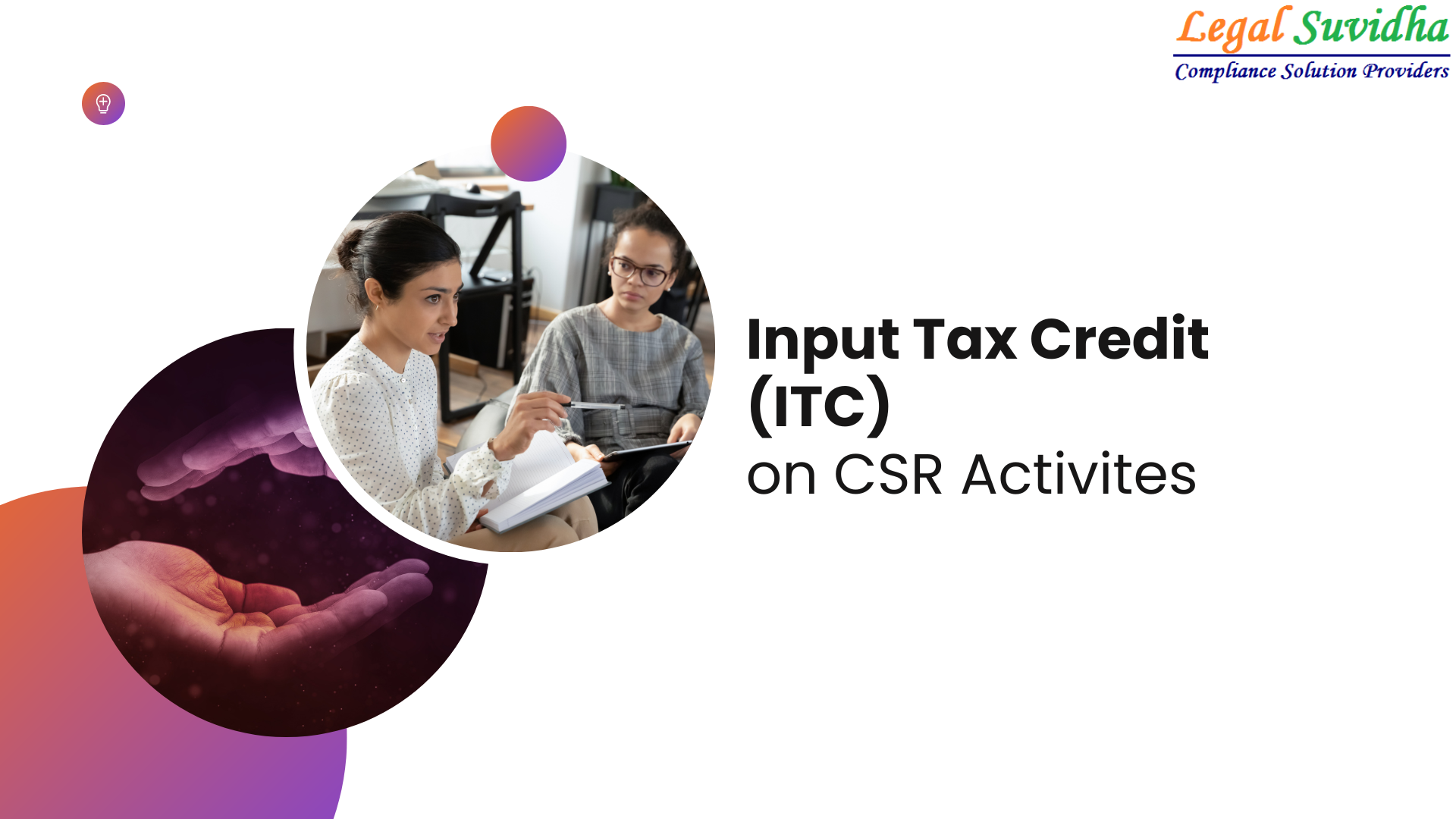TDS RETURN AND THEIR TYPES OF CORRECTION
What is TDS return?
TDS stands for Tax Deducted at Source. According to this idea, a deductor who is required to make payment to another person (deductee) must deduct tax at source and submit the money to the Central Government. Based on a TDS certificate, the deductee from whose income tax source deductions have been made is entitled to get credit for the deducted amount
What is TAN?
TAN or the Tax Deduction and Collection Number is a mandatory 10-digit alpha number that is to be obtained by all the people who are responsible for deducting tax at source or tax collection at source on behalf of the government. Salaried individuals are not required to obtain TAN or to deduct the tax at the source.
In the case of proprietorships businesses and other entities are required to deduct tax at the source while making certain payments like the salary, payments to the contractor, and payment of rent that is exceeding Rs.2,40,000 per year. IndiaFilings can help in obtaining the TAN registrations.
The entities that have a valid TAN registration have to file the TDS returns quarterly. Our TDS experts can help in computing the TDS payments and file the TDS returns while complying with the TDS regulations.
What is a Revised TDS Return?
The individual who is deducting the TDS must file a TDS Return with NSDL on a regular basis. The deductor can file a Revised TDS Return to update the previous return if he or she finds an error or necessary changes in the return.
Who is required to file a TDS return?
The following categories are required to file TDS returns. Every organization (including deductor and collector) All governmental revenue and tax collectors Individuals whose accounts are audited according to the Income Tax Act of 1961 Any additional taxpayers who had TDS deducted are required to file TDS Returns.
When do we need to file revised TDS Returns?
We need to file revised TDS returns in the following cases:
- TDS statement with the incorrect PAN number
- Unexpected TDS amount deducted
- Unexpected use of the Challan quantity
- Including incorrect information in the return
TDS return filing procedure
How to file TDS returns online?
Here is the step-by-step procedure to file the TDS returns online.
Step 1: Firstly, Form 27 A containing multiple columns has to be filled and in case of the hard copy of the Form, it has to be verified along with the E-TDS return that has been filed electronically.
Step 2: In the next step, the tax that is deducted at the source and the total amount that has been paid needs to be correctly filled as well as tallied.
Step 3: The TAN of the organizations is to be mentioned on Form 27 A. There will be difficulties in the process of verification if the mentioned TAN is incorrect.
Step 4: While filing the TDS returns the appropriate challan number, the mode of the payment, and the tax details have to be mentioned. In case of the incorrect challan number or the incorrect date of the payment, there will be a mismatch and the TDS returns also need to be filed again.
Step 5: To bring consistency the basic Form used for Filing the e-TDS must be used. The 7 Digit BSR has to be entered for easing the tallying process.
Step 6: Physical TDS returns are to be submitted at the TIN FC, which is managed by NSDL. In case of the online filing, they can be submitted on the official website of the NSDL TIN.
Step 7: If the provided information is correct then a token number or a provisional receipt is received. This is a proof that TDS return has been filed.
Step 8: In case of rejection, a non-acceptance memo along with the reason for the rejection is issued and the returns have to be filed again.
What are the types of TDS Correction?
The types of corrections vary according on the modifications the deductor wants in the regular return. In general, there are six types of correction returns.
C1: All changes made to the deductor details, with the exception of the TAN number, are subject to the C1 rectification. The C1 correction is generated in cases where the PAN number, deductor name, or address are incorrect.
C2: The C2 correction is applicable for changes in Challan or deductor details. It is required when the Challan Serial number is submitted incorrectly. But when C2 correction takes place, it also involves C1 correction.
C3: The C3 type of correction (excluding the PAN number) is intended for any form of correction in the deductor details, challan details, or deductee details. Incorrectly mentioning an education Cess in precise detail correction. The deduction can also be applied for additional information, such as the referring challan.
C4: The changes to the salary details are subject to the C4 correction. It only applies if a correction is needed in the fourth quarter statement of Form 24Q. This correction can be issued if the Gross Salary or total Salary Record is incorrect.
C5: C5 correction is required when there is a problem with the PAN number of the deductee. Also, the PAN can be updated using Forms 26Q, 27Q, and 27EQ.
C9: The C9 correction is issued for the errors related to a new challan addition or any deductions associated with that Challan. This is the only correction that has to be made online.









